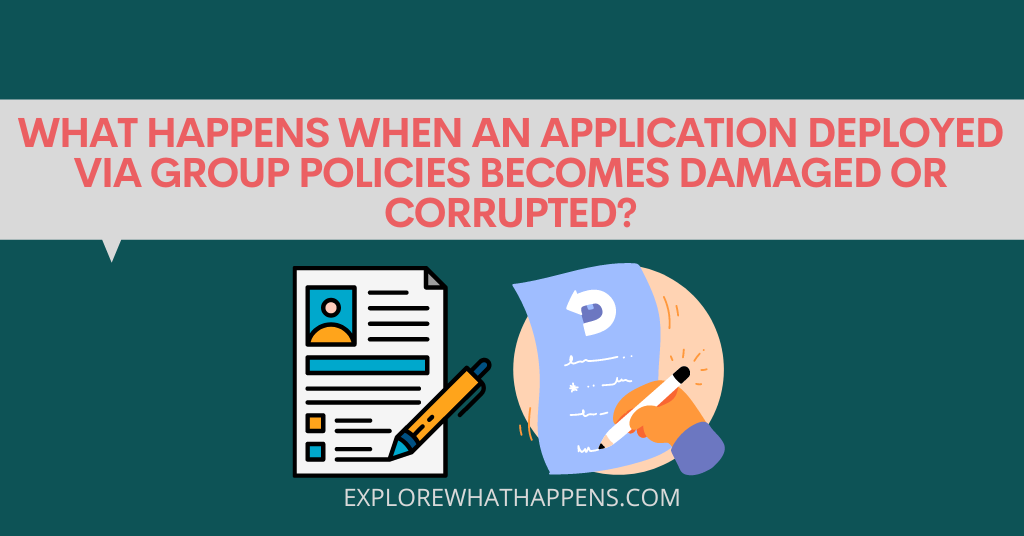When an application is deployed via group policies, it is important that the application runs smoothly and without any hiccups. However, group policies can become damaged or corrupted if something goes wrong. This can lead to a variety of issues, including incorrect user settings, denied access to resources, and even system instability. In this post, we will provide an overview of the different types of group policies and discuss the steps that need to be taken in order to restore group policies when they become damaged or corrupted.
When a Group Policy Object becomes damaged or corrupt, it prevents computers from receiving the required updates from the policy server. A GPO is a container that holds a set of group policy settings that apply to all computers within a specific OU. The GPO contains a set of computer configuration settings and security settings, which are automatically applied to each computer in the specified OU when the GPO is applied. This means that a GPO is similar to a software patch that needs to be installed on a computer before it can perform the desired tasks. For example, a GPO can specify a security setting that prevents users from viewing certain types of files. If the GPO is damaged or corrupted, the computers in the OU will not receive the required updates.

What does the Microsoft Group Policy App Deployment Tool do?
The Microsoft Group Policy App Deployment Tool is a software application that allows administrators to deploy applications to users or computers. It provides a simplified way to install and manage applications by using Group Policy. Administrators can use the tool to deploy applications to users or computers, including pre-configured settings and policies. The tool also includes reporting features that allow administrators to track application deployments.







